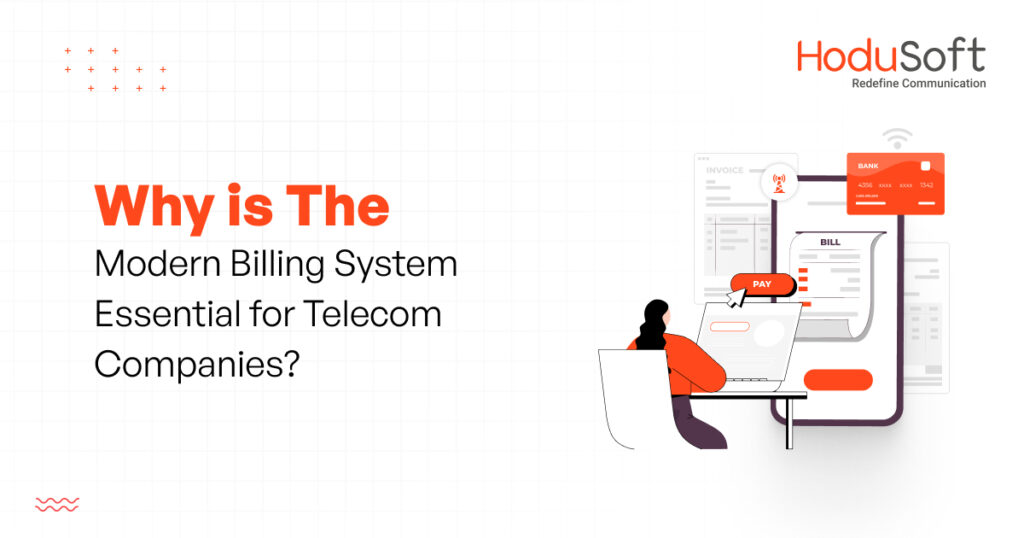What is Business Communication? - Objectives, Challenges, and Importance
Companies that leverage technology to streamline their internal business communication can boost their employee productivity by up to 25%. Every area of business is affected by the level of communication within the organization. Excellent communication is a necessity, but implementing it requires a series of decisions.
Advancements in communication technologies, the advent of internet-based communication systems, and a plethora of service providers often leave business owners confused and directionless on how to establish a reliable communication system for their business. To help business owners overcome this dilemma we have put together the basics of business communication and an easy-to-understand step-by-step guide on how to set up a successful business communication system. Let’s get started.
What is Business Communication?
Business communication refers to the information flow among employees within the company and between businesses and their prospects and customers.
Effective organizational communication depends on two factors:
- Communication skills of the people communicating
- The system or process to facilitate communication.
Business communication usually involves the following activities.
- Brainstorming new ideas
- Making well-informed strategic decisions
- Developing a mutual ground for agreements
- Discussing problems and finding solutions
- Syncing simultaneous tasks
- Closing deals
- Overcoming buyers’ objections
- Collecting and providing feedback
- Formulating effective marketing strategy, etc.
It plays a significant role in achieving organizational goals, improving the work environment, driving business efficiency, and workforce management.
Types of Business Communication
Business communication can be categorized into two broad groups.
Internal communication
Internal communication is the interactions that occur between people within the organization. Depending on who is interacting with whom internal communication can further be classified as::
- Upward communication: When the information flows from a person at a lower hierarchical role to a person at a higher hierarchical role. For example, communication initiated by an employee to a manager.
- Downward communication: When the information flows from a person at a higher hierarchical position to a person at a lower hierarchical position in the organization. For example, when a manager calls up an employee.
- Lateral communication: When the interactions are between two persons who hold similar hierarchical positions in the organization. For example Interaction between two managers of different departments.
2. External communication
External communication refers to the interaction between a business representative and an outside entity such as existing customers, leads, interested customers, etc. This can be classified into two types:
- Inbound communication: When an outside entity reaches out to the business. For example, a customer calls up with a query about your product/services.
- Outbound communication: When a business proactively reaches out to outside entities. For example, telemarketing, feedback collection, PR, etc.
Implementing Effective Business Communication – 5 Challenges and Solutions
Poor workplace communication impacts the efficiency of business processes thereby hampering revenue generation. Here are the top 5 barriers to seamless business communication, along with effective ways to overcome them.
Adapting to the new work models
The remote work model became the new norm after the pandemic. While some companies are returning to work from the office, a major fraction of enterprises are operating in remote and hybrid work models. The sudden shift in work culture has led to a disruption in business communication.
Solution: Implementing technological aid to support remote communication. VoIP phone systems would provide flexibility and mobility for employees by replacing the landline phone system. These phone systems offer internal communication services in the form of software that can be configured on any internet-enabled device. Remote agents can connect to the office network from anywhere and execute their day-to-day operations seamlessly.
Choosing and implementing the right tools
Choosing the right information technology systems, frameworks, and applications significantly contributes to the efficiency of business communication. Unlike landline phone systems, the communication needs of businesses are no more restricted to just voice communication. Relying on conventional phone systems deprives businesses of modern features that result in information silos, lower productivity, and missed opportunities.
Solution: Businesses must rethink their communication and collaboration needs to invest in the right tools such as VoIP PBX systems or cloud-based phone systems. As multiple service providers in the market have sky-high claims, businesses must evaluate the offerings and select a reliable business communication solution provider.
Lack of centralized knowledge base
The Great Resignation phenomenon stirred businesses for rediscovering the importance of a centralized knowledge base. In order to communicate the roles and expectations to your employees, businesses must build up a database that transfers the knowledge even if the employee resigns. If this business aspect is neglected, there can be multiple instances to train employees individually incurring greater cost and time.
Solution: The first step to creating a centralized knowledge base is integrating all the business tools so that you can have complete visibility of different areas of business. For instance, integrating CRM software into the business phone system enables businesses to get a clear understanding of customer demands, expectations, and pain points helping them predict customer behavior patterns.
Similarly, integrating performance-tracking software into the business phone system helps businesses identify and fix operational flaws. A centralized knowledge base is the best way to streamline interdepartmental communication.
Defining roles and responsibilities
Modern businesses have embraced dynamic work models which have uplifted productivity but also impacted communication. In most cases, such models are breaking down due to the lack of clarity about individual roles and responsibilities. When a business fails to communicate the expectations from employees, they often assume their duties and exclude certain activities that they are not comfortable doing.
Solution: Businesses must ensure to clear the air about basic responsibilities when onboarding a new employee or promoting an existing employee. Delegation and execution become a lot more quick, easy, and seamless when employees are aware of their respective obligations, power, and liabilities. It not only enables businesses to operate more smoothly but also contributes to employee job satisfaction boosting retention rates.
Emphasizing soft skills while hiring
In traditional hiring, most businesses hire after screening candidates based on the core skills required for the project. In such scenarios, businesses assume that every candidate is an excellent communicator. This significantly adds to the problem of effective business communication.
Solution: Reframing the hiring process to evaluate the communication skills and other soft skills of the candidates can help businesses avoid miscommunication. Moreover, if businesses can identify employees with poor communication skills, they may also offer training for improving their soft skills.
How to Streamline and Optimize Business Communication?
The most important step to creating a system for smooth and clear business communication is implementing the right business phone system software. An IP PBX system helps businesses to set up a swift flow of information within the organization by enhancing communication with its advanced features. Here are some of the ways an IP PBX system improves workplace communication.
- Implements automation: It automates mundane tasks of daily operations such as scheduling meetings, follow-ups, managing employee directories, etc. This frees up your employees to focus more on their core duties.
- Aids collaboration: Features like call conferencing, call transfer, document sharing, instant messaging, etc. improve team productivity by keeping every member in sync with the progress.
- Tracks performance: A business phone system gathers data and updates the system with the performance of every employee based on specific KPIs.
- Drives actionable insights: It offers advanced data analytics and reporting to provide businesses with deeper insights into operations aiding strategic decision-making.
An IP PBX software not only bridges communication gaps but also drives business efficiency. It also supports remote and hybrid work models ensuring flexibility and mobility for employees.
Reshape your business communication system to be future-ready
Communication strategy is an important part of how businesses are structured, organized, and managed. Communication planning enables organizations to achieve their goals by communicating important information throughout their business functions appropriately using the right channels with the right people at the right time. Overcoming communication barriers with the help of the right technology is the smartest move to optimize business productivity. Therefore, it’s high time for businesses to implement an IP PBX phone system to keep their employees consistently engaged.
HoduPBX is one of the leading IP PBX software that caters to every business communication need for businesses of all sizes. Explore the features and benefits of HoduPBX here.
If you have any queries or would like to know more about the HoduSoft product suite, get in touch with our sales team at [email protected] or fill up the form here for a callback.



